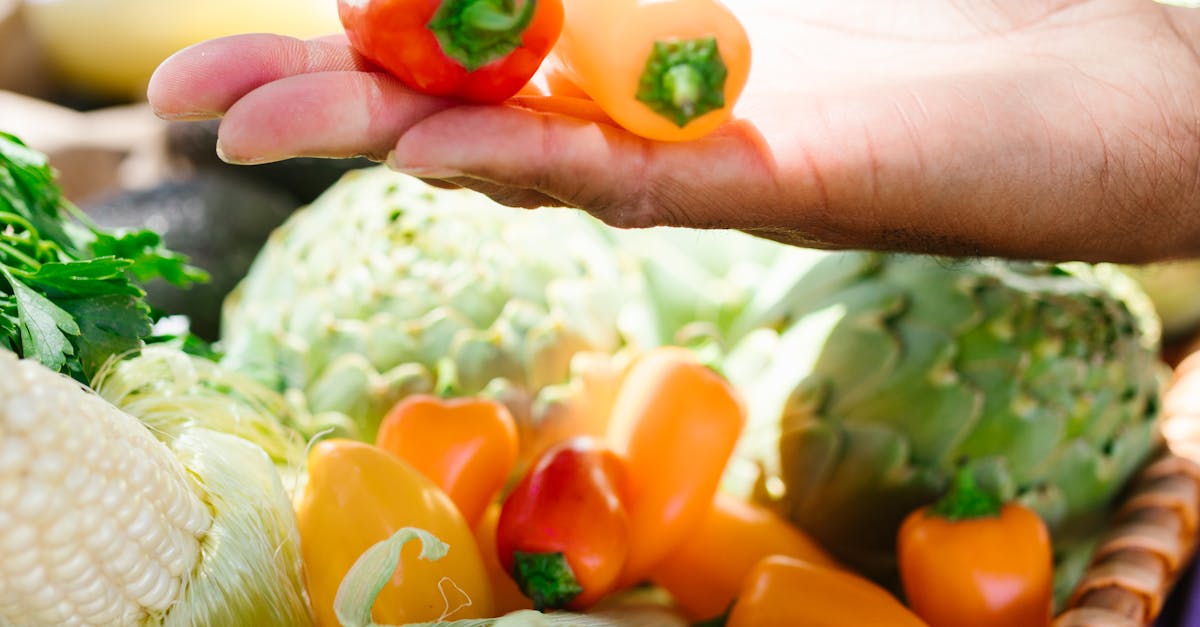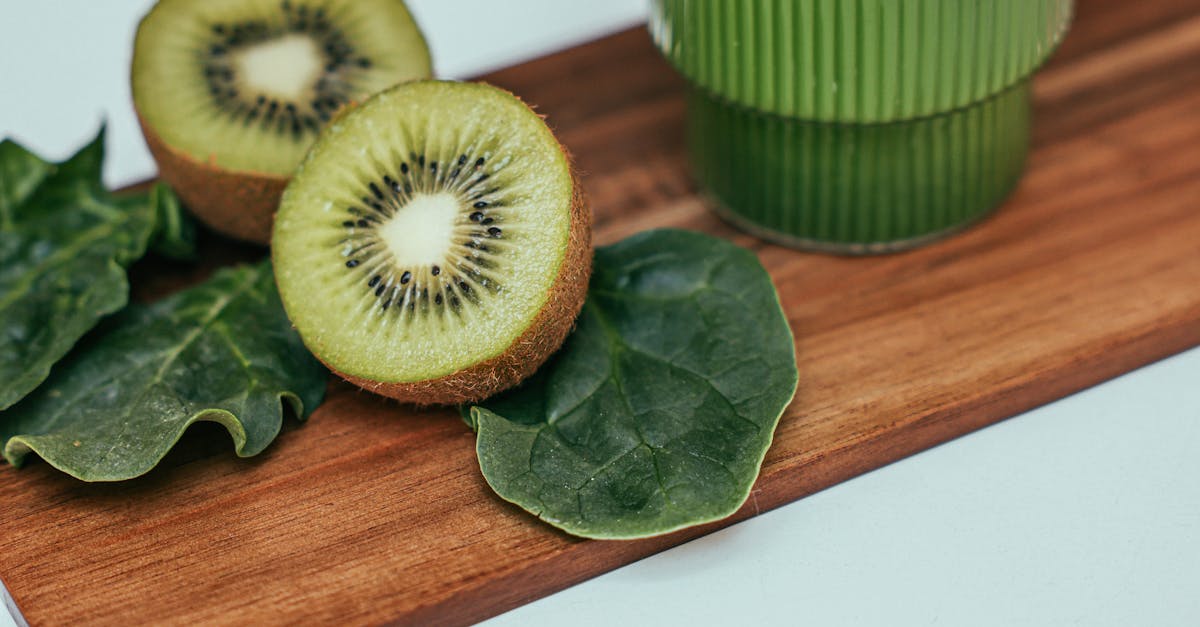When it comes to crafting the ideal salad, the vegetables you choose can make all the difference. Not only do they provide essential nutrients, but they also add flavor, texture, and color to your dish. This post will explore ten essential vegetable ingredients that can elevate your salad game. Get ready to guess which vegetables are included in this vibrant mix!
| Vegetable | Benefits |
|---|---|
| Spinach | Rich in iron and vitamins A, C, and K |
| Kale | High in antioxidants and fiber |
| Tomatoes | Good source of lycopene and vitamin C |
| Cucumbers | Hydrating and low in calories |
| Bell Peppers | Rich in vitamins A and C, and antioxidants |
| Carrots | High in beta-carotene and fiber |
| Red Onions | Contains quercetin and promotes heart health |
| Radishes | Supports digestion and boosts immunity |
| Avocado | High in healthy fats and potassium |
| Broccoli | Rich in vitamins K and C, and fiber |
Spinach
Spinach is a nutrient powerhouse, loaded with iron, vitamins A, C, and K. This leafy green adds a mild flavor and a tender texture to salads. Spinach is also known for its high antioxidant content, which helps combat oxidative stress in the body, making it an excellent base for any salad.

Kale
Kale is another leafy green that has gained popularity in recent years. It is packed with antioxidants and fiber, making it beneficial for digestive health. Kale has a more robust flavor than spinach and can add a hearty element to your salad. When massaged with a bit of dressing, it softens and becomes more palatable, enhancing its appeal.

Tomatoes
Tomatoes are a salad staple, adding a juicy burst of flavor and vibrant color. They are an excellent source of lycopene, an antioxidant linked to various health benefits, including heart health. Including tomatoes in your salad not only enhances taste but also increases the dish’s nutritional value.

Cucumbers
Cucumbers are known for their refreshing crunch and hydrating properties. They are low in calories and high in water content, making them a perfect addition to salads, especially in warmer months. Their mild flavor complements a variety of dressings and ingredients, making them versatile.

Bell Peppers
Bell peppers are vibrant vegetables that come in various colors, including red, yellow, and green. They are rich in vitamins A and C, which support immune health and skin health. The sweet, crisp texture of bell peppers adds a delightful crunch to salads and enhances their visual appeal.

Carrots
Carrots are not only sweet and crunchy but also high in beta-carotene and fiber. This root vegetable adds a natural sweetness to salads while providing essential nutrients that promote eye health and digestion. Shredded or sliced carrots can easily be incorporated into any salad mix.

Red Onions
Red onions are a flavorful addition that can enhance the overall taste of your salad. They contain quercetin, an antioxidant known for its anti-inflammatory properties. The sharp flavor of red onions can be toned down by soaking them in water before adding them to your salad, making them more palatable for those sensitive to strong onion flavors.

Radishes
Radishes add a peppery crunch to salads and are low in calories. They are known to support digestion and boost immunity due to their high vitamin C content. Sliced thinly or grated, radishes can bring an exciting texture and flavor contrast to your salad.

Avocado
Avocado is a creamy, nutrient-dense fruit that adds healthy fats to your salad. It is high in potassium and can help enhance the absorption of fat-soluble vitamins from other vegetables. The smooth texture of avocado can create a delightful contrast with crunchy ingredients, making your salad more satisfying.

Broccoli
Broccoli is a cruciferous vegetable rich in vitamins K and C, fiber, and numerous antioxidants. It adds a satisfying crunch and a slightly bitter flavor that can balance sweeter ingredients. Broccoli can be eaten raw in salads or lightly steamed for a different texture, making it a versatile choice.

FAQ
What are the best vegetables to use in salads?
The best vegetables for salads include leafy greens like spinach and kale, crunchy vegetables like cucumbers and bell peppers, and flavorful additions like tomatoes and onions. Combining a variety of textures and flavors can enhance your salad experience.
How can I make my salad healthier?
To make your salad healthier, incorporate a variety of colorful vegetables, include healthy fats like avocado or nuts, and opt for a vinaigrette dressing made with olive oil. Avoid heavy, creamy dressings that can add unnecessary calories.
Can I meal prep salads in advance?
Yes, you can meal prep salads in advance. To keep them fresh, layer the ingredients in a jar starting with the dressing at the bottom, followed by hearty vegetables, proteins, and finally leafy greens on top. This method prevents sogginess and maintains freshness.
Are salads suitable for weight loss?
Salads can be a great choice for weight loss as they are typically low in calories and high in nutrients. Including a variety of vegetables can help you feel full while providing essential vitamins and minerals. Just be mindful of the dressing and toppings you choose.
How can I add protein to my salad?
You can add protein to your salad by including ingredients like grilled chicken, chickpeas, beans, tofu, or hard-boiled eggs. These additions will help make your salad more filling and nutritious.
References:
– [USDA Nutritional Database](https://fdc.nal.usda.gov/)
– [CDC – Fruits and Vegetables](https://www.cdc.gov/nutrition/strategies/fruits-vegetables.html)
– [Harvard T.H. Chan School of Public Health – Vegetables](https://www.hsph.harvard.edu/nutritionsource/what-should-you-eat/vegetables/)
